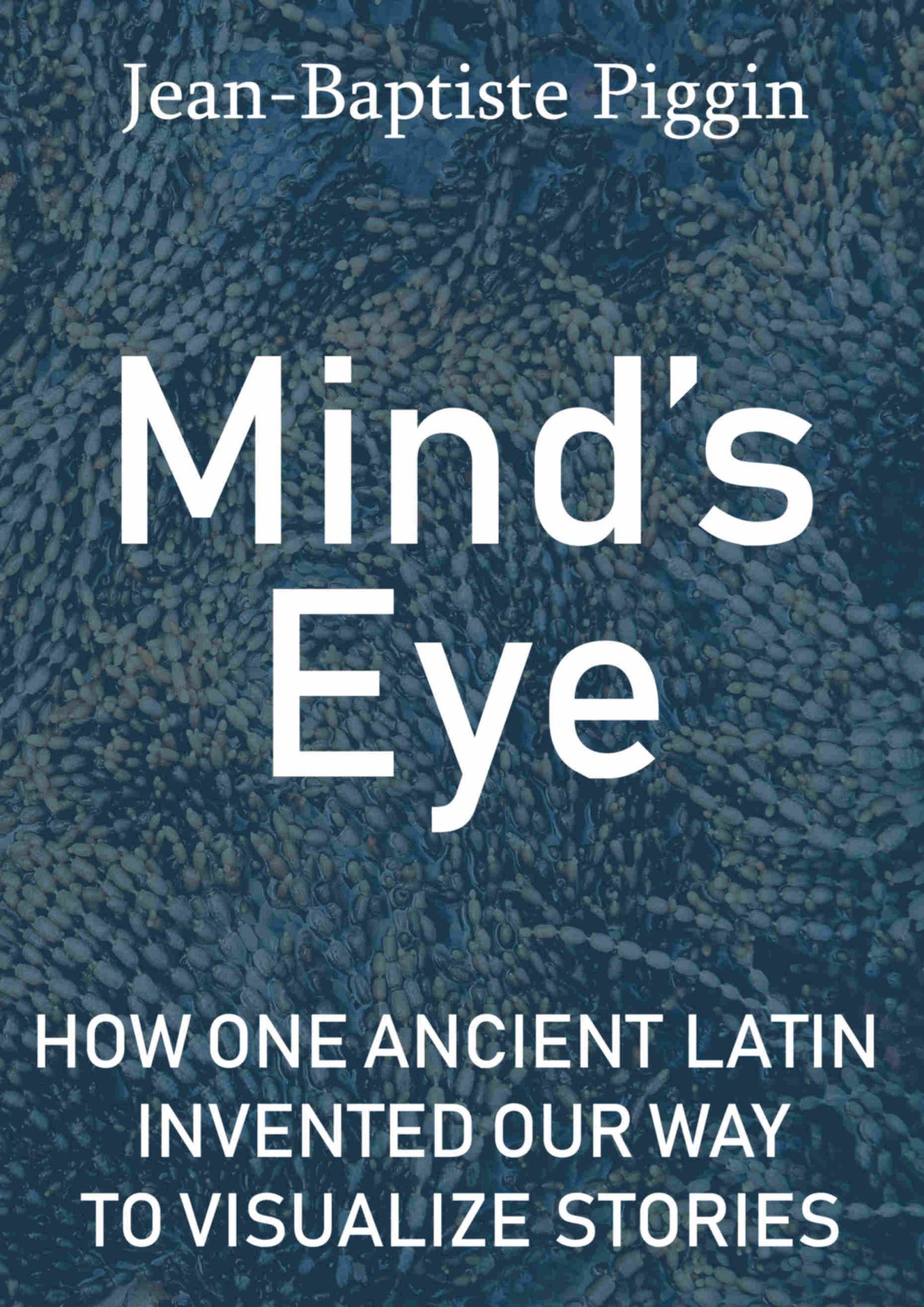In the end I decided against transcribing its version of the Great Stemma and preferred that in the Facundus Beatus. However the Léon bible is sometimes considered the greater treasure by scholars. I have just been looking at Téofilo Ayuso's 1960-61 article in Estudios Bíblicos which comprehensively describes it. Ayuso offers some useful instructions on how to read it, summing up its abbreviations and punctuation. Most of these features are applicable in the other documents in Visigothic script, and are worth reproducing here:
Nexos y Abreviaturas
No vale la pena insistir. Son los propios de la escritura de la época, sin rarezas.
Son normales los nexos y abreviaturas de at, bis, en, er, es, et, ex, nt, per, re, rtem, rum, se, ti, ter, tre.
Normalmente usa ȩ (e con cedilla) en los diptongos ae, oe: uitȩ, suȩ, quȩ, prȩdicasse, etc. A veces la omite: celum, etc. A veces la pone en falso rȩcedent, ȩgo, ȩnim. En alguna ocasión tiene et diptongo.
Ya hemos insinuado algunas abreviaturas por suspensión:
que: usqs, negs, dixeruntqs;
y la de bus: tribs,quibs, etc.
Igualmente ius, mus, pus, etc.: huis, sums, temps, y la de bis, con una especie de cedilla: noḅ.
En cuanto a las abreviaturas por apócope, en las mayúsculas suele ser una raya horizontal gruesa ( ¯¯ ) con adornos o doble suspensión; y en las minúsculas dos o tres puntos: cü ...dṡ ..., bien para la supresión de una letra uitulü, bien para la contracción aüm.
Para e' relativo (qve, qvem), suele usar una v pequenita, volada.
A base de eso las abreviaturas suelen ser las ordinarias:
| apsl | apostolus |
| aum | autem |
| dd | dauid |
| dns | dominus |
| ds | deus |
| epla | epistola |
| gla | gloria |
| gra | gratia |
| fr | frater |
| ihrslm | iherusalem |
| ihs | ihesus |
| kmi | karissimi |
| ms | meus |
| nmn | nomen |
| ns | noster |
| oms, | omnis |
| ppls | populus |
| qm | quoniam |
| ppr | propter |
| pprea | propterea |
| scdm | secundum |
| sps | spiritus |
| scs | sanctus |
| srl | srahel |
| usa | uestra |
| xps | christus |
Signos de puntuación
Valen todas las observaciones que hicimos sobre la Biblia de Oña.
Usa con bastante regularidad los signos correspondientes al incisum o subdistinctio, media distinctio y ultima distinctio o punto final. Estos signos son ·(punto alto); · (punto en medio de linea); y ., o de .' (punto bajo, seguido de una comita un poco mayor, ya sea al mismo nivel, ya un poco mas elevada). Como es sabido, indican, poco más o menos, lo que nuestra coma, punto y coma, dos puntos y punto final.
[A note of explanation here: this is the medieval system of punctuation as developed by Aristophanes of Byzantium which we generally ignore in transcriptions, since it does not match current notions of grammatical punctuation:
media distincto: midlevel pause (≈ comma)
subdistincto: pause (≈ semicolon)
distincto: long pause (≈ period)]
Después de ., o de .' suele seguir mayúscula. Unas veces a renglón seguido, otras comenzando la linea siguiente.
Usa, como dijimos, una cedilla para expresar los diptongos ae, oe,
Usa un puntito sobre 'a y levantada.
Usa corrientemente un signo de interrogación, chie consiste en una pequeña espiral o rayita quebrada, sobre et espacio que signe a la última letra.
Para indicar la división de capitulos, bien en et margen, bien en medio de linea, usa un ángulo recto, alto, dentro del cual incluye los números romanos correspondientes: I, II, etc.



